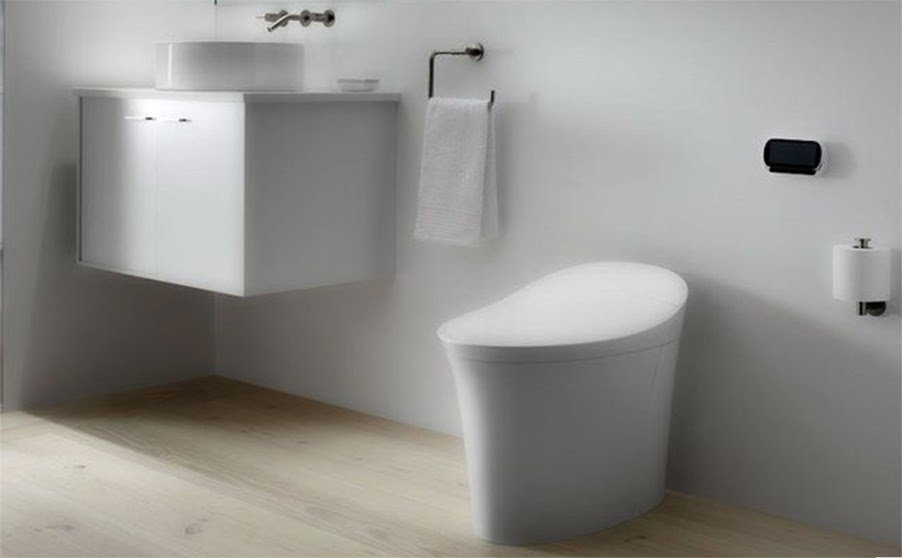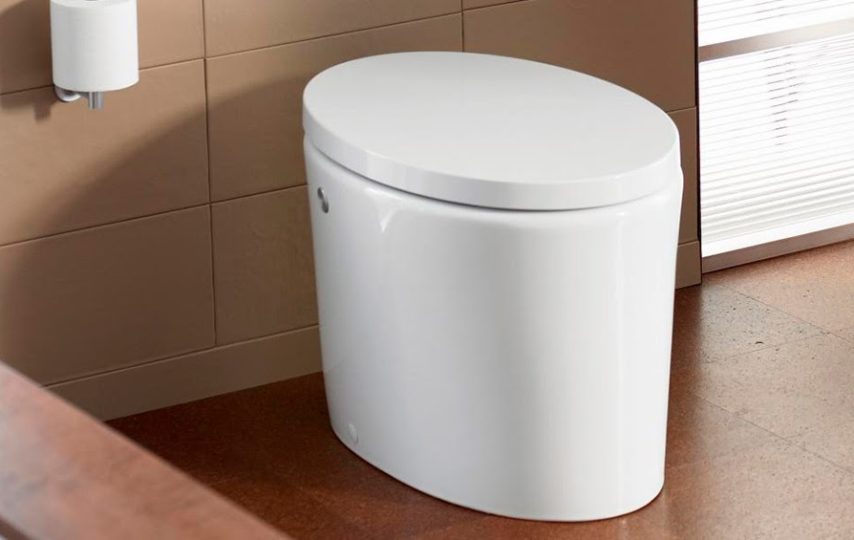A toilet without a tank can give your bathroom a sophisticated look, but are they suitable for your home? Here is all you need to know before you switch to the tankless toilet model. Research always pays off, especially when it comes to the most important functions of your home.
If you are wondering if a tankless toilet is your best choice, read on.

How does a tankless toilet work?
The process of flushing a toilet without a cistern is almost identical to that of the traditional model, except that there is no water tank. In non-tank toilets, an electric pump is used to create enough pressure to drain toilet waste through a siphon into your drainage system. A valve connected to the toilet limits the amount of water that can enter the toilet to prevent overflow.
Toilet without tank pros
They use less water: toilets require no more than 1.6 gallons to flush, and some models without a tank can use even less. Dual flush models consume only 1.28 gallons per flush.
Ideal for smaller bathrooms because they are wall mounted. Cisternless toilets can be an excellent solution to save space for those who have small bathrooms. In addition, you can install it at any height for individual comfort.
Modern design and customization options: Cistern-free toilets have a streamlined design that will instantly update your bathroom. There are also many different settings available, such as a heated seat, a built-in bidet and a night lamp. Any smart toilet uses this type of drain system.
Toilet without tank cons
More expensive than traditional toilets: toilets without a tank usually cost much more than a regular toilet. Because of their high cost, tankless models are not the best choice for people with limited budgets or those who need an emergency toilet replacement. They are best suited for those who want to improve the aesthetics of their bathrooms.
Installation Requirements: Toilets without a tank require special installation; your bathroom will have to be reconfigured as the supply and discharge lines change. You also need to have high water pressure to operate the flushing mechanism of the model without a tank. Consider the cost of repairing your bathroom to install a new toilet. Get a professional estimate of the full cost of installation.
Electricity Dependence: Toilets without a tank require electricity. Although this is not a problem in everyday life, it does mean that your toilet will not work if the power goes out.
Conclusion
Tankless toilets require a relatively wide supply pipe in the house. When building a new house, you can install pipes according to your needs. If you want to replace the toilet in an existing house without the right supply line, high flush pressure can damage your pipes. In this case, a toilet without a tank is probably not worth the extra cost of remodeling or upgrading the pipes.
Speaking of cost, this is another serious factor to consider when choosing a type of toilet; tankless toilets are expensive and only a few companies, including Kohler and TOTO, produce them yet.
But if your home is located in an area where power outages are rare and you want to renovate your bathroom with a modern, elegant look, then tank-free toilets may be a good option.













